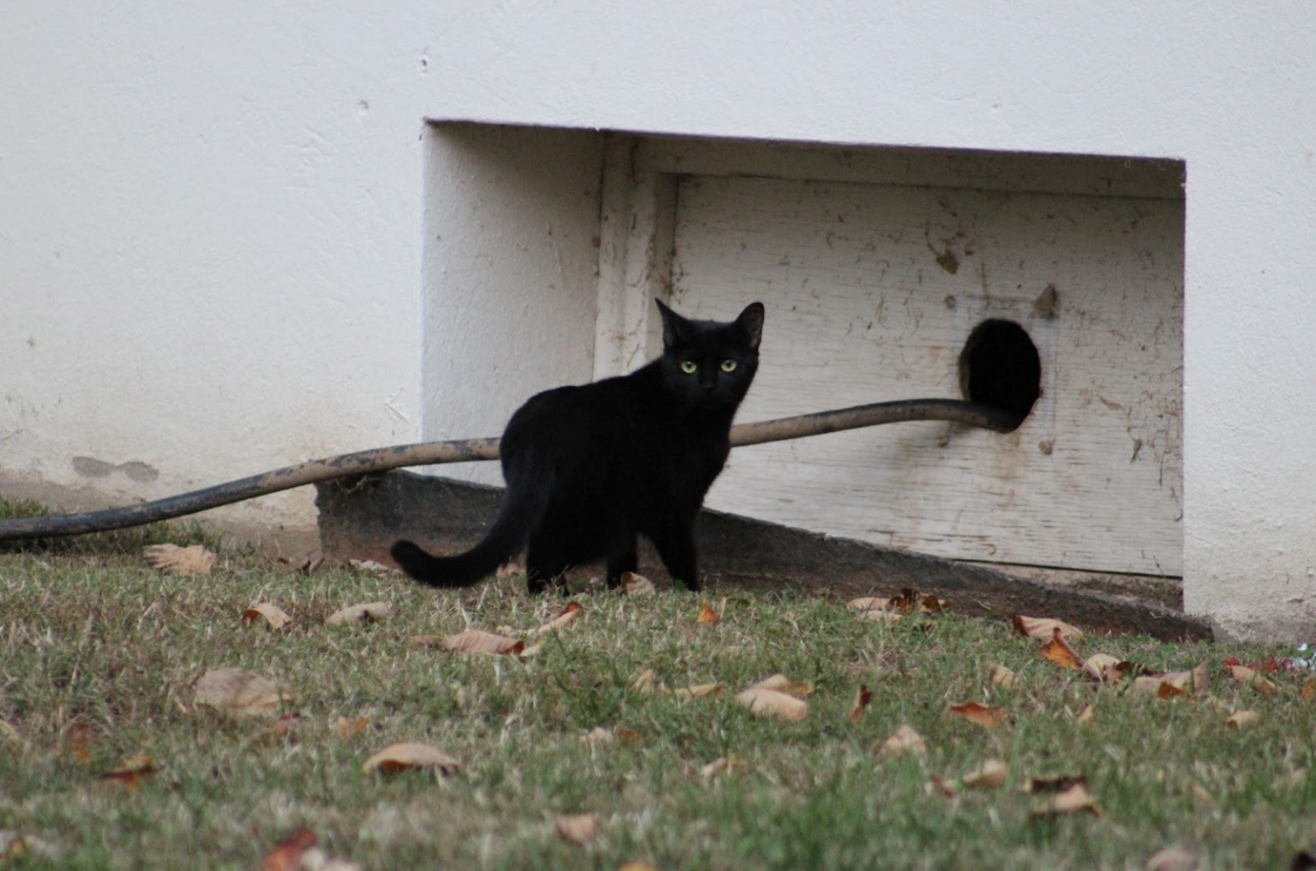Raccoons and rabbits and groundhogs, oh my! Director of landscape and grounds Richard Blair discusses campus wildlife
4 min read
Cayley McGuire
By KAITLIN SWANTON
Staff Writer
For freshman and business administration major Jacob Chambers, the nature on campus is an attractive feature. But what he has found is that the large trees and open, grassy sections of campus do not only attract potential students, but also wildlife.
“I have only been positively affected by the wildlife here at the University of Mary Washington,” said Chambers.
Often, members of the UMW community see various animals on campus throughout the day.
“The rabbits, squirrels and other wildlife are wonderful sightings,” said Chambers. “I have personally noticed rabbits around Randolph [and] Mason and an increase in raccoon sightings around Woodard.”
For the director of landscape and grounds, Richard Blair, the animals can pose a challenge to keeping the campus community safe, clean and animal nuisance-free.
“We have a wide variety of animals on campus; raccoons, possums, squirrels, groundhogs, deer, various birds, cats and occasionally a skunk,” said Blair. “Raccoons, squirrels and groundhogs have all become issues at different times of the years.”
For Blair’s task of keeping the grounds of campus orderly and in fashion, the typical challenges faced with those three animals can vary. They generally include damage to property and facilities, and interactions with campus buildings and other services such as dumpsters and trash cans.
“Raccoons normally don’t become a problem until they decide to live in the attic or crawlspace of a building, or they get too friendly with people because someone is feeding them,” said Blair. “Squirrels are normally not a problem until they get in an attic or other area of a building they don’t belong. Groundhogs damage some ornamental plant material and dig holes everywhere.”
As for the damage control of the wildlife on campus, Blair said “when we receive a complaint, we investigate it and determine what the problem is and what caused it. Then we try to remedy the problem with the least disturbance to both the animals and the university. Nuisance animals are removed.”
Should any of the animal populations on campus grow out of control, the situation will have to be resolved due to health and safety concerns.
When problems arise in specific animal populations, the solutions taken to ease any issues vary on a case-by-case basis.
“We normally only deal with groundhogs when the numbers increase or we have safety issues and/or damage to facilities,” said Blair. “In the past, we have posted signs asking people not to feed the raccoons, we have placed signage on our dumpsters asking the people [to] keep the doors closed, seal up entrances to areas they don’t belong in, etcetera. When these deterrents fail, we call a professional wildlife management company to remove them.”
As for the cat population on campus, Blair stated that he is aware of it and that the methods for resolving a feral cat population are different than with other animals.
“It is hard to determine if they belong to students, neighbors or [if] they are feral,” said Blair. “If and when cats become a concern, we call a local contact who manages several feral cat populations in the Fredericksburg area. I believe she [the contact] often traps them, has them fixed and returns them where she finds them.”
According to Blair, wildlife around campus, although seen regularly throughout the course of a day, must be located in particularly inconvenient areas for it to be considered for removal. Generally, campus wildlife can be found in wooded or isolated areas where it poses the least problems for the campus community, but Blair explained that some wildlife can be found “frequently around food sources such as dumpsters and trash cans.”
For this reason, sealing dumpster doors, disposing of trash properly and not feeding the animals are paramount to mitigating any interaction and problems that might accumulate in the future, according to Blair.
“Please do not feed the wildlife,” said Blair. “If you encounter a wild animal or even an unattended domestic animal, leave it alone. Do not feed it, do not pet it and do not get too close. They are animals and if they feel threatened, they might react in an unpleasant manner.”
He went on to add that “if you have concerns about an animal’s behavior, please call the UMW Police and they will have someone respond.”
As for Chambers, all of his experiences with wildlife have been positive. He has heard rumors about other interactions that fellow students have had with the campus wildlife.
“I have heard rumors of a raccoon that was brave enough to steal pizza off a table with the person [sitting] right there,” said Chambers.


